1,2-Dichloro-4-nitrobenzene
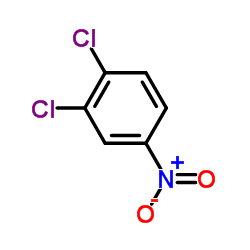
1,2-Dichloro-4-nitrobenzene structure
|
Common Name | 1,2-Dichloro-4-nitrobenzene | ||
|---|---|---|---|---|
| CAS Number | 99-54-7 | Molecular Weight | 191.999 | |
| Density | 1.5±0.1 g/cm3 | Boiling Point | 255.5±0.0 °C at 760 mmHg | |
| Molecular Formula | C6H3Cl2NO2 | Melting Point | 39-41 °C(lit.) | |
| MSDS | Chinese USA | Flash Point | 123.9±0.0 °C | |
| Symbol |

GHS07 |
Signal Word | Warning | |
| Name | 1,2-Dichloro-4-nitrobenzene |
|---|---|
| Synonym | More Synonyms |
| Density | 1.5±0.1 g/cm3 |
|---|---|
| Boiling Point | 255.5±0.0 °C at 760 mmHg |
| Melting Point | 39-41 °C(lit.) |
| Molecular Formula | C6H3Cl2NO2 |
| Molecular Weight | 191.999 |
| Flash Point | 123.9±0.0 °C |
| Exact Mass | 190.954086 |
| PSA | 45.82000 |
| LogP | 3.16 |
| Vapour Pressure | 0.0±0.5 mmHg at 25°C |
| Index of Refraction | 1.596 |
| Stability | Stable. Incompatible with strong oxidizing agents, strong bases. |
| Water Solubility | 151 mg/L (20 ºC) |
| Freezing Point | 30~31℃ |
CHEMICAL IDENTIFICATION
HEALTH HAZARD DATAACUTE TOXICITY DATA
MUTATION DATA
|
| Symbol |

GHS07 |
|---|---|
| Signal Word | Warning |
| Hazard Statements | H302-H317-H319 |
| Precautionary Statements | P280-P305 + P351 + P338 |
| Personal Protective Equipment | dust mask type N95 (US);Eyeshields;Faceshields;Gloves |
| Hazard Codes | Xn:Harmful;N:Dangerousfortheenvironment; |
| Risk Phrases | R22;R36;R51/53 |
| Safety Phrases | S26-S36/37-S61-S39 |
| RIDADR | 2811 |
| WGK Germany | 3 |
| RTECS | CZ5250000 |
| Packaging Group | III |
| Hazard Class | 9 |
| HS Code | 29049085 |
| Precursor 10 | |
|---|---|
| DownStream 10 | |
| HS Code | 2904909090 |
|---|---|
| Summary | HS:2904909090 sulphonated, nitrated or nitrosated derivatives of hydrocarbons, whether or not halogenated VAT:17.0% Tax rebate rate:9.0% Supervision conditions:none MFN tariff:5.5% General tariff:30.0% |
|
Short-term black tea intake modulates the excretion of urinary mutagens in rats treated with 2-amino-3-methylimidazo-[4,5-f]quinoline (IQ): role of CYP1A2 upregulation.
Arch. Toxicol. 78(8) , 477-82, (2004) Rats were exposed to black tea (2.5% w/v) as their sole drinking liquid for either 1 day or 1 month, while controls were maintained on water. After this treatment period, all animals received a single... |
|
|
Low glutathione S-transferase dogs.
Arch. Toxicol. 78(4) , 218-25, (2004) Liver and kidney glutathione S-transferase (GST) activities to 1,2-dichloro-4-nitrobenzene (DCNB) as a substrate (GST-D activities) were measured in 280 dogs from five different breeders, and signific... |
|
|
Mitogen-activated protein kinase p38b interaction with delta class glutathione transferases from the fruit fly, Drosophila melanogaster.
J. Insect Sci. 12 , 107, (2012) Glutathione transferases (GSTs) are a family of multifunctional enzymes involved in xenobiotic biotransformation, drug metabolism, and protection against oxidative damage. The p38b mitogen-activated p... |
| 3,4-Dichloronitrobenzene |
| MFCD00007207 |
| Benzene, 1,2-dichloro-4-nitro- |
| 1,2-Dichloro-4-nitrobenzene |
| EINECS 202-764-2 |
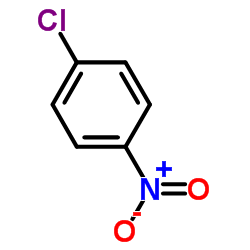 CAS#:100-00-5
CAS#:100-00-5 CAS#:95-50-1
CAS#:95-50-1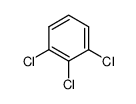 CAS#:87-61-6
CAS#:87-61-6 CAS#:98-95-3
CAS#:98-95-3 CAS#:619-18-1
CAS#:619-18-1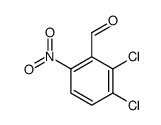 CAS#:75618-41-6
CAS#:75618-41-6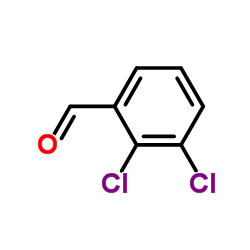 CAS#:6334-18-5
CAS#:6334-18-5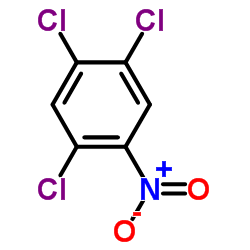 CAS#:89-69-0
CAS#:89-69-0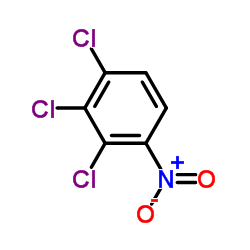 CAS#:17700-09-3
CAS#:17700-09-3 CAS#:95-57-8
CAS#:95-57-8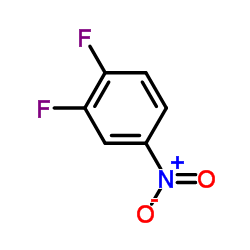 CAS#:369-34-6
CAS#:369-34-6 CAS#:350-30-1
CAS#:350-30-1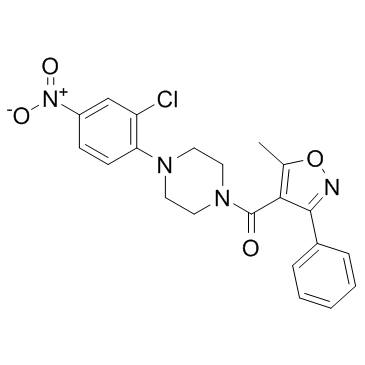 CAS#:341001-38-5
CAS#:341001-38-5 CAS#:39145-47-6
CAS#:39145-47-6 CAS#:4920-79-0
CAS#:4920-79-0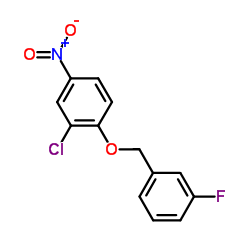 CAS#:443882-99-3
CAS#:443882-99-3 CAS#:41252-96-4
CAS#:41252-96-4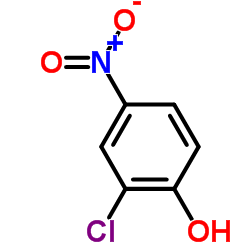 CAS#:619-08-9
CAS#:619-08-9 CAS#:39224-65-2
CAS#:39224-65-2 CAS#:28165-60-8
CAS#:28165-60-8
